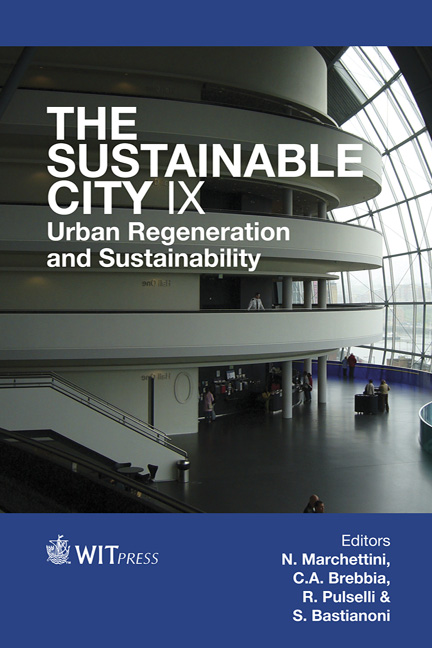Accommodating The Cyclist In The City
Price
Free (open access)
Transaction
Volume
191
Pages
12
Page Range
489 - 500
Published
2014
Size
2,099 kb
Paper DOI
10.2495/SC140411
Copyright
WIT Press
Author(s)
A. Furman
Abstract
The latest merger of the neighbouring municipalities that currently form the City of Toronto occurred with the amalgamation of 1998. This new reality has many interesting situations that need addressing when considering a flexible and integrated bicycle network designed for the majority of residents and visitors. The portions of the city that follow a more suburban model do have the space for easy bicycle storage in the stock of single-family homes, yet the streets and outlying urban amenities aren’t attached to a safe and convenient bicycling network. The mid and high rise towers that are aging in the suburbs and inner suburbs contend with the same lack of connections with bicycle lanes but have less storage options than the single family homes, and there are challenges to promoting safe biking and walking to schools. The inner city, and downtown revitalized areas that have been swept up with extensive condominium developments also suffer from a patchwork of bicycling street networks as well as limited parking options for those interested in cycling. Some of these challenges and opportunities of bicycling in the city of Toronto will be explored and presented as Toronto moves towards a city that accommodates all transportation choices, be they human-powered or otherwise.
Keywords
Toronto, circulation, bicycle, cycling advocacy, walking, Bike Plan, travel, active transportation, movement, network, bike lanes, bike storage, bicycle parking





